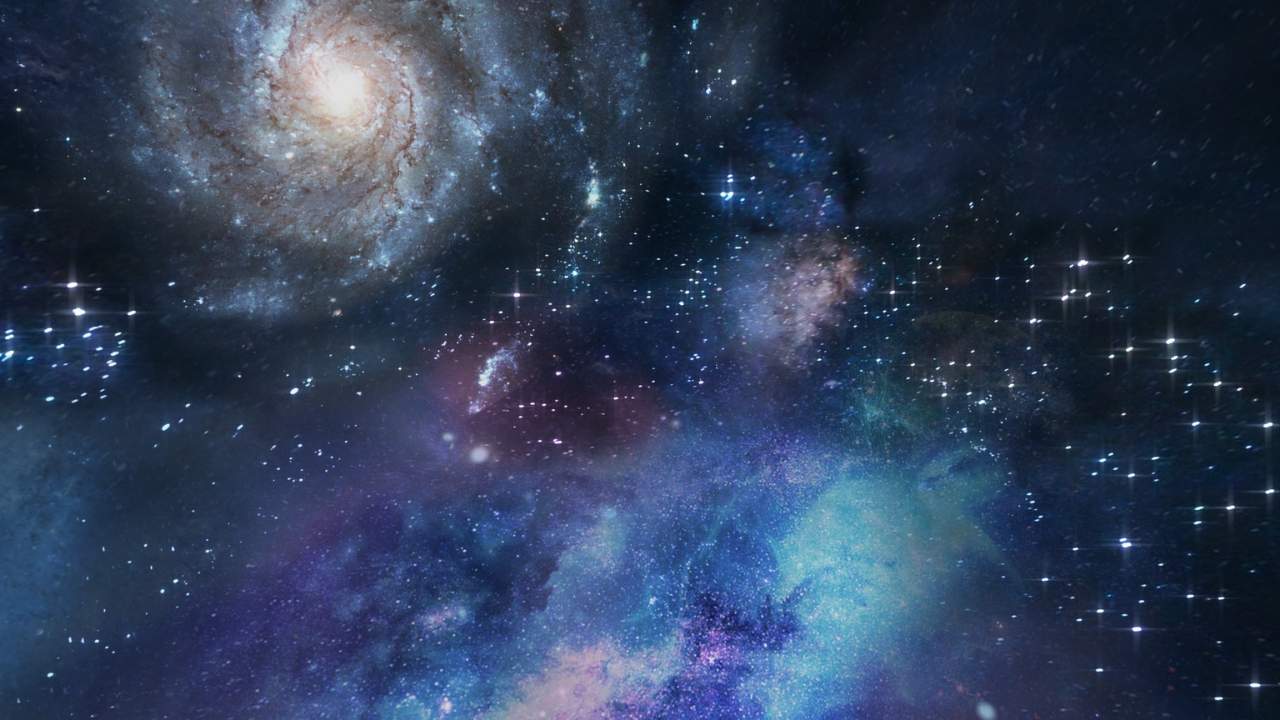What is a neutron star?
Summary:
A neutron star is a small, incredibly dense celestial object formed from the remnants of a massive star’s core collapse in a supernova explosion. Neutron stars are composed almost entirely of tightly packed neutrons and possess extreme gravitational forces. They are among the most mysterious and fascinating objects in the universe.
Explaining What is a Neutron Star:
Imagine a tiny but incredibly dense cosmic powerhouse—a neutron star! These celestial objects are born from the fiery deaths of massive stars and are among the most intriguing objects in the cosmos.
Formation:
When a massive star reaches the end of its life, it undergoes a cataclysmic explosion known as a supernova. During this explosion, the outer layers of the star are blasted into space, leaving behind a dense core. If the core is massive enough—about 1.4 times the mass of the Sun—it collapses under its own gravity, forming a neutron star.
Composition:
Neutron stars are incredibly dense, packing the mass of several Suns into a sphere with a diameter of only about 10 kilometers (6 miles). They are composed almost entirely of tightly packed neutrons, with protons and electrons crushed together to form neutrons. This extreme density gives neutron stars their remarkable properties.
Extreme Gravitational Forces:
Due to their incredible density, neutron stars possess extremely strong gravitational forces. If you were to stand on the surface of a neutron star, you would experience gravity thousands of times stronger than on Earth. This intense gravity can warp space-time around the neutron star, causing phenomena like gravitational lensing.
Spin and Magnetism:
Neutron stars often spin rapidly, sometimes completing hundreds of rotations per second. This rapid rotation is a result of the conservation of angular momentum during the star’s collapse. Some neutron stars also possess incredibly strong magnetic fields, trillions of times stronger than Earth’s magnetic field.
Observation and Study:
Astronomers study neutron stars using telescopes and other instruments to observe their properties and behavior. By studying the light, radiation, and other emissions from neutron stars, astronomers can learn more about their composition, structure, and evolution.
Types of Neutron Stars:
There are several types of neutron stars, including pulsars, magnetars, and neutron star binaries. Pulsars are neutron stars that emit beams of radiation from their magnetic poles, appearing as rapidly pulsating sources of light. Magnetars are neutron stars with exceptionally strong magnetic fields, while neutron star binaries are pairs of neutron stars orbiting each other.
Significance:
Neutron stars play a crucial role in our understanding of stellar evolution, nuclear physics, and the dynamics of the universe. They provide valuable insights into extreme conditions not possible to replicate on Earth and help us unravel the mysteries of the cosmos.
Neutron stars are fascinating cosmic objects born from the fiery deaths of massive stars. With their extreme density, powerful gravitational forces, and rapid spin, they continue to captivate astronomers and push the boundaries of our understanding of the universe.


